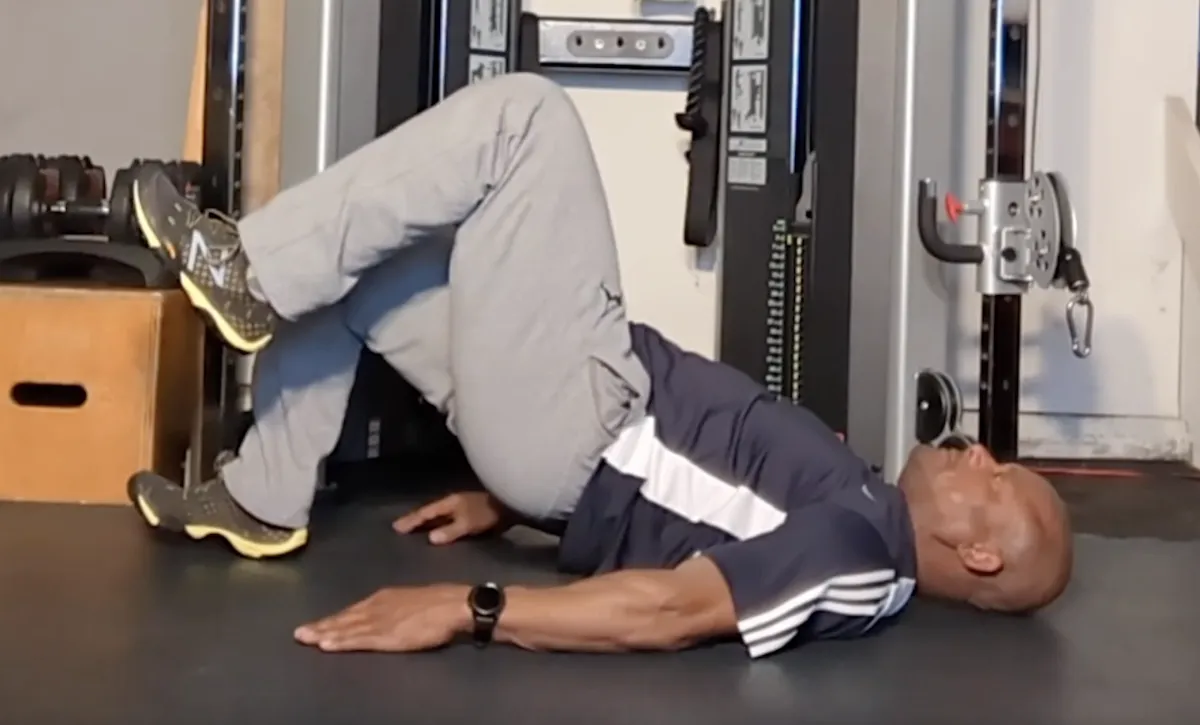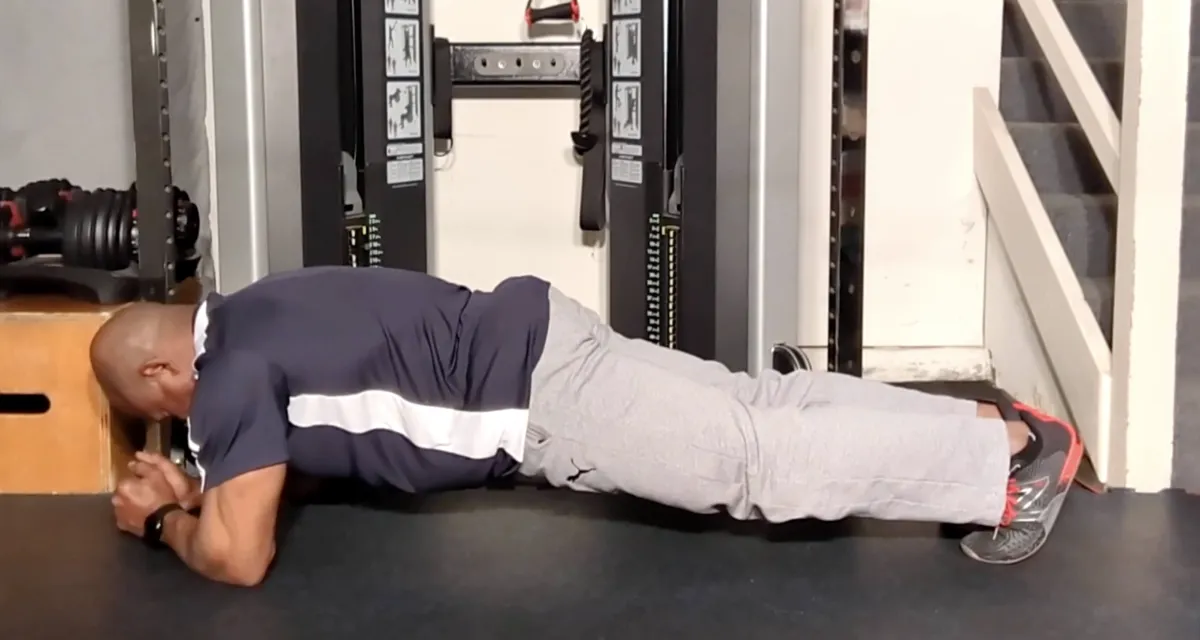
RESOURCES

Strengthen Your Hips: Exercises to Prevent and Reduce Pain
Hip pain is a prevalent issue that can hinder daily activities and overall quality of life. Whether you're an athlete, a desk worker, or someone experiencing the natural aging process, maintaining hip strength is crucial for mobility and pain prevention. Integrating specific exercises into your routine can strengthen hip muscles, enhance flexibility, and alleviate discomfort. In this post we will explore effective exercises designed to strengthen the hips and provide guidance on their proper execution.

Understanding the Importance of Hip Strength
The hip joint is a pivotal structure that supports the body's weight and facilitates movement. Weakness in the hip muscles can lead to imbalances, resulting in pain not only in the hips but also in the lower back and knees. Strengthening these muscles is vital for:
Stability: Strong hip muscles provide a stable base for the spine and lower extremities, reducing the risk of injuries.
Mobility: Enhanced strength and flexibility in the hips allow for a greater range of motion, making daily tasks and physical activities more manageable.
Pain Reduction: Targeted exercises can alleviate existing pain by correcting muscle imbalances and thus improving joint function.
Effective Hip-Strengthening Exercises
Incorporating the following exercises into your fitness regimen can significantly improve hip strength and function:

Side-Lying Leg Raise
This exercise targets the hip abductors, essential for stabilizing the pelvis during activities like walking or running.
How to Perform:
Lie on your side with legs extended and stacked.
Rest your head on your lower arm and place your upper hand on your hip.
Raise the top leg to about 45 degrees, keeping it straight.
Hold for a moment, then lower it back down.
Repeat 10-15 times on each side.
Benefits: Enhances hip stability and strengthens the outer hip muscles.

Bridging
Bridging activates the gluteal muscles and hamstrings, supporting the lower back and hips.
How to Perform:
Lie on your back with knees bent and feet flat on the floor, hip-width apart.
Place your arms at your sides.
Press through your heels to lift your hips toward the ceiling, forming a straight line from shoulders to knees.
Hold for a few seconds, then lower your hips back to the starting position.
Perform 10-15 repetitions.
Benefits: Strengthens the posterior chain, including the glutes and lower back, promoting better posture and hip support.

Clamshells
Clamshells focus on the hip abductors and external rotators, crucial for pelvic stability.
How to Perform:
Lie on your side with knees bent at a 90-degree angle and legs stacked.
Keep your feet together and lift the top knee as high as possible without moving your pelvis.
Pause briefly, then return to the starting position.
Complete 10-15 reps on each side.
Benefits: Improves hip stability and can reduce knee and lower back pain associated with weak hip muscles.
Standing Hip Abduction
This exercise strengthens the muscles responsible for moving the leg away from the body's midline.
How to Perform:
Stand upright, holding onto a sturdy surface for balance.
Lift one leg out to the side, keeping it straight and toes pointing forward.
Lower the leg back down with control.
Repeat 10-15 times on each leg.
Benefits: Enhances balance and strengthens the lateral hip muscles.

Hip Flexor Stretch
Stretching the hip flexors can alleviate tightness that often contributes to hip pain.
How to Perform:
Kneel on one knee with the other foot in front, forming a 90-degree angle at both knees.
Push your hips forward gently until you feel a stretch in the front of the hip.
Hold for 20-30 seconds, then switch sides.
Benefits: Increases flexibility in the hip flexors, reducing strain on the lower back and hips.
Incorporating Exercises into Your Routine
To maximize the benefits of these exercises:
Consistency: Aim to perform these exercises 3-4 times per week.
Progression: Gradually increase the number of repetitions or sets as your strength improves.
Form: Focus on maintaining proper form to prevent injuries and ensure effectiveness.
Additional Tips for Hip Health
Beyond targeted exercises, consider the following strategies to maintain hip health:
Stay Active: Engage in regular physical activity, such as walking or swimming, to keep the hip joints mobile.
Maintain a Healthy Weight: Reducing excess weight can decrease the stress placed on the hip joints.
Ergonomic Considerations: Ensure that your workspace is set up to promote good posture, minimizing undue strain on the hips.
When to Seek Professional Guidance
While these exercises can be beneficial, it's essential to listen to your body. If you experience persistent hip pain or discomfort that doesn't improve with self-care measures, consult a healthcare professional or physical therapist. They can provide personalized guidance and ensure that your exercise routine aligns with your specific needs and limitations.
As illustrated above, strengthening the hips is a proactive approach to preventing and reducing pain, enhancing mobility, and improving overall quality of life. By incorporating targeted exercises and maintaining an active lifestyle, you can support your hip health and enjoy daily activities with greater ease and comfort. Remember, consistency and proper technique are key to achieving the best results.
As we are fond of saying, remember that the quality of your life is directly proportional to how well your body functions.
Sheila Mann's Testimonial
Sheila Mann doing Suspension Strap Push-ups on an elevated Single Leg.
Just another Saturday Workout Part 2
Spray Tan Fitness
Dreams or Goals
Intro to Self-Myofascial Release
Self Massage using the Energy F X Tube (Upper Body)
Self-Massage for Lower Body using Energy F X Tube (IT Band , Glutes)
Level 3
This is our advance level. In this level you will be asked to increase the challenges to your strength, balance and to some degree, your conditioning. We continue to focus on the major joints of the body (hips, shoulder, and knees) with the added challenge of resistance. This level also includes the added challenge of coordination, as many movements require the integrated movement of both upper and lower body.

Level 4
This is our premium level. In this level you will be asked to significantly challenge your body through increased demands on your functional core strength in movements that will significantly challenge your balance and strength simultaneously. Here we will ask you to begin to optimize your balance, core activation, and improved range of motion in a functional aspect – integrated movement of both upper and lower body, but at a higher level of accountability.

